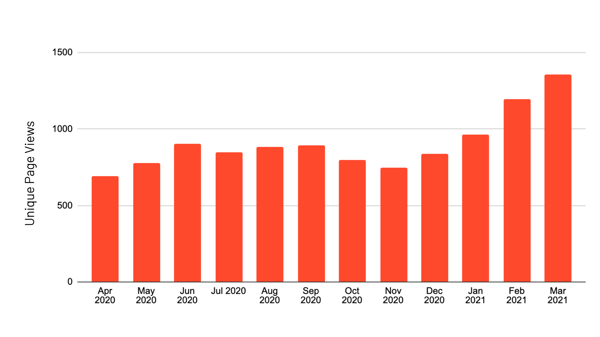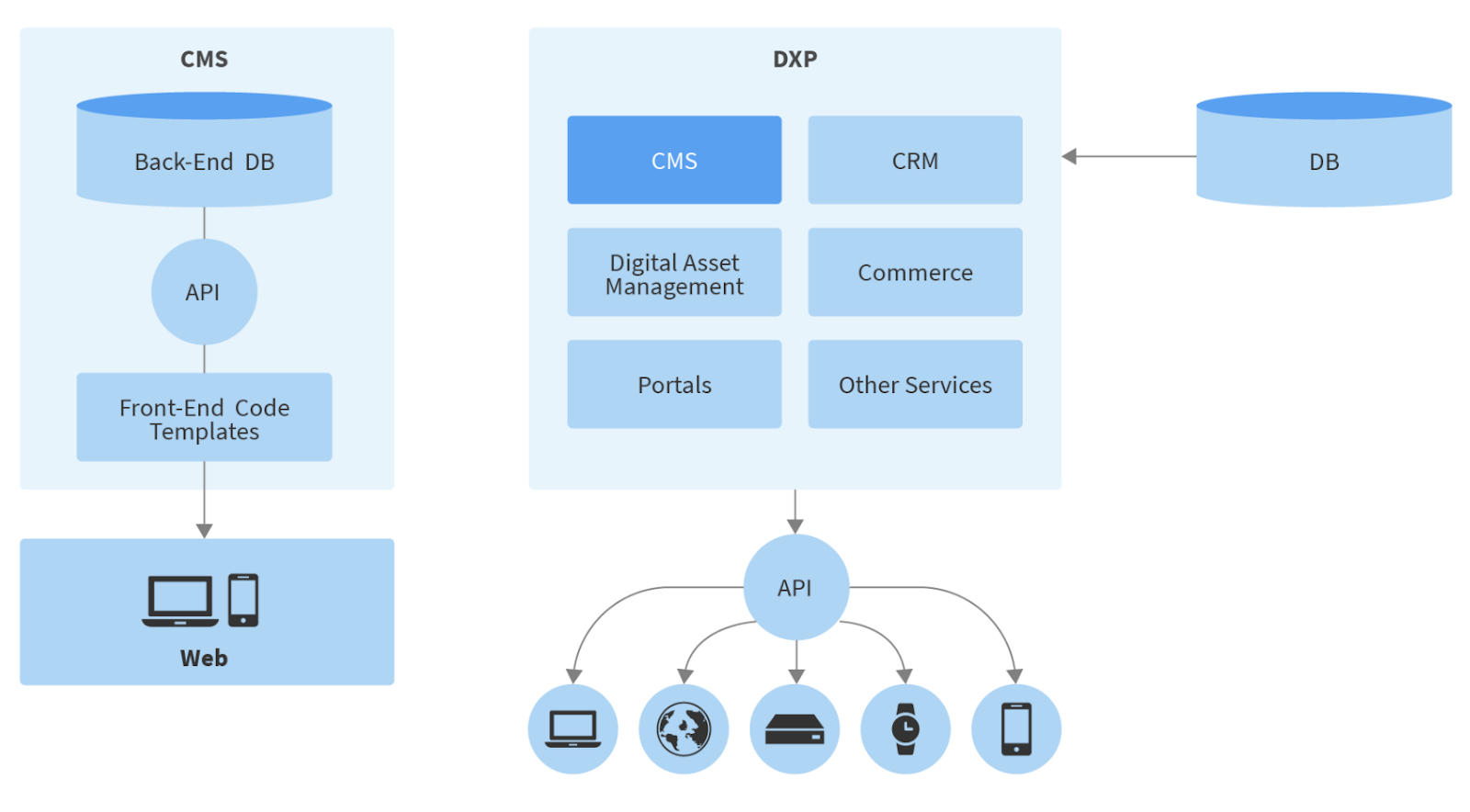Have you ever started purchasing a flight for a weekend trip on your laptop but get interrupted, and forget? Then later, you’re scrolling through Instagram when your preferred airline’s ad pops up, reminding you to complete booking your flight. You open up the airline app on your smartphone and find all your personal information and preferences already stored, allowing you to complete the booking within a few clicks.
The ability for businesses to collect customer data between several touchpoints and integrate it into customer profiles to deliver real-time, personalized content is made possible by the emerging category of enterprise software known as digital experience platforms, or DXPs.
DXPs driving digital transformation
DXPs popped up a few years ago as a buzzword in the software space with many questioning their relevance. However, their sustained growth and adoption by large enterprises mean DXPs are here to stay. Companies with a strong track record of offering exceptional customer experiences, such as Nike, Kellogs, and Microsoft, have adopted DXPs in recent years.
G2 data shows that in the past year (April 2020 to March 2021), buyer traffic (unique page views) to the Digital Experience Platforms (DXP) category has increased 39%, and total active buyers (total unique companies that have viewed DXP category pages) for DXPs have increased by 27%. This rise in traffic alludes to the undeniable significance of e-commerce, especially amid a global pandemic, and business’ acknowledgment of the importance of customer experience to thriving in such a competitive landscape.
 G2 category traffic for Digital Experience Platforms (DXP)
G2 category traffic for Digital Experience Platforms (DXP)
DXPs create, manage, and deliver omnichannel digital experiences throughout multiple steps in the customer journey. DXPs are often composed of several component pieces, such as hybrid or headless CMS software, personalization software, marketing automation software, CRM software, localization tools, and digital analytics software.
The deep feature set of DXPs allows marketers to orchestrate personalized experiences across multiple channels and touchpoints, which have been made possible by the internet of things (IoT) technology—a catch-all term describing the growing number of electronics that aren’t traditional computing devices but are connected to the internet.
DXPs provide a depth and breadth of personalization that is impossible to recreate with only one or a few of the component pieces that make up those platforms.
E-commerce in the pre-pandemic world
The importance of e-commerce became glaringly apparent amid the global COVID-19 pandemic. While all but essential businesses were forced to shut down, and countrywide lockdowns kept people indoors for months, consumers turned to their devices to make online purchases. However, that wasn’t anything new.
Online sales have been experiencing rapid growth for over a decade now. Globally, e-commerce sales in 2010 were $572 billion and grew to an estimated $3.46 trillion in 2019—that’s a 504% increase in the decade.
With upward trends in digital commerce even before the COVID-19 pandemic, many companies had invested heavily in marketplaces, mobile, and omnichannel strategies, so they performed well in 2020, with e-commerce giants like Amazon getting a whole lot richer during the pandemic.
During 2020, a lot of consumers were forced to jump onto the e-commerce bandwagon and experienced the convenience, accessibility, and cost effectiveness that it had to offer. Now, many former naysayers fully embrace this ‘new’ form of shopping.

More customers bring more challenges
Widespread normalization and adoption of online shopping has meant more customers browsing the web for goods and services across several industries.
| While this increased traffic is great for enterprises, it also comes with its own challenges: |
- With the rapid growth of the e-commerce landscape, businesses must think strategically about how to compete effectively
- More customers mean more data, but with the increasing amount of customer touchpoints, that data becomes complex and difficult to make use of
- Customers expect more; more options, more personalization, more simplicity
|
Survey insights published by Deloitte show that US households have an average of 11 connected devices, including 7 smart screens to view content. Given how many devices consumers have access to, it might seem easier for businesses to communicate with them. However, it’s quite the opposite.
Businesses have to deliver content to websites, mobile apps, customer portals, social media platforms, IoT devices, in-store kiosks, digital signage, text messaging, email, and more. Additionally, they have to ensure the experience is consistent and connected across all these channels, leading their customers toward a clear outcome.
For example, no one wants to enter their personal details again if they are completing their purchase on a different device than the one they started on, or to click on a link in a promotional email for a product they want to purchase, only to find that it can’t be delivered to their location.
Evolution of DXPs
DXPs arose to tackle data challenges and have gone through quite the evolution to become the powerful tools they are today. DXPs evolved from traditional content management systems (CMS).
Traditional CMS are monolithic, static, and handle little less than creating and managing text and image content across traditional desktop and mobile websites. With the increase in different types of content, new customer touchpoints, and a plethora of channels to reach customers, the issue shifted toward businesses unifying content management and customer data to create and deliver personalized, connected, and consistent experiences.

The architecture of DXPs allows for these capabilities. While CMS are rarely used independently nowadays, they are an integral part of DXPs—acting as the backbone for these complex and interconnected platforms.

The differences in basic CMS and DXP architecture (Source: Grid Dynamics)
There’s no turning back
E-commerce is the recent past, the present, and definitely the future. Customers are spoilt with convenience. Truly seamless digital experiences are no longer nice-to-haves, but essential if businesses want to attract and retain customers.
In the age of Google and Amazon, customers are informed and they expect and demand more. The digital transformation, which has been further fueled by the global pandemic, is far from slowing down anytime soon. Businesses need to jump on board or be left behind with Blockbuster.



 by Stephanie Graham
by Stephanie Graham
 by Priya Patel
by Priya Patel
 by Priya Patel
by Priya Patel